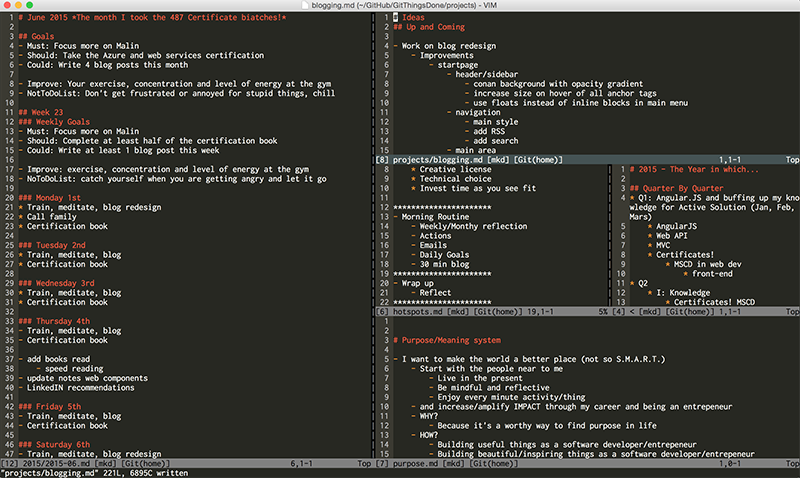

Project: A series of tasks linked to a goal, with a deadline.Four Primary Categories (all information is organized into one of these categories, which are listen in order of actionability).I've also included a link to the creator of this system's blog which is helpful if you'd like to dive deeper into the topic. I thought these notes might be helpful to someone else trying to get "digitally organized", so I decided to clean them up and share them.
GETTING THINGS DONE FILE SYSTEM HOW TO
While learning about and implementing the system, I naturally wrote down summary notes for myself on how to use the system. stands for Projects-Areas-Resources-Archives, which are the four top-level categories in the system which all information is categorized under. method of organizing digital information that I was able to settle on a system that was just right for me. It wasn't until I stumbled upon Tiago Forte's P.A.R.A.
 Opportunistic - taking advantage of work already being performed instead of requiring dedicated overhead time. Modular - allowing me to both zoom out for a big picture view and zoom in for the details when necessary. Outcome Oriented - structured in such a way that helps move my work and projects forward. Cross Platform - compatible with the variety of different applications I use as part of my productivity system. Simple - requiring as little maintenance, cataloguing, tagging, or reorganizing as possible. Flexible - able to adapt to any project or activity I would take on now or in the future. Universal - able to receive all types of information from any source. A perfect organizational system would need to be: I read countless books and articles on the topic, tried a variety of different iterations of systems, but couldn't find one that met all of my needs. For years I struggled to find an organizational system that worked for me. In my quest to optimize my productivity, I've spent a lot of time thinking about the best way to organize my digital information.
Opportunistic - taking advantage of work already being performed instead of requiring dedicated overhead time. Modular - allowing me to both zoom out for a big picture view and zoom in for the details when necessary. Outcome Oriented - structured in such a way that helps move my work and projects forward. Cross Platform - compatible with the variety of different applications I use as part of my productivity system. Simple - requiring as little maintenance, cataloguing, tagging, or reorganizing as possible. Flexible - able to adapt to any project or activity I would take on now or in the future. Universal - able to receive all types of information from any source. A perfect organizational system would need to be: I read countless books and articles on the topic, tried a variety of different iterations of systems, but couldn't find one that met all of my needs. For years I struggled to find an organizational system that worked for me. In my quest to optimize my productivity, I've spent a lot of time thinking about the best way to organize my digital information.






 0 kommentar(er)
0 kommentar(er)
